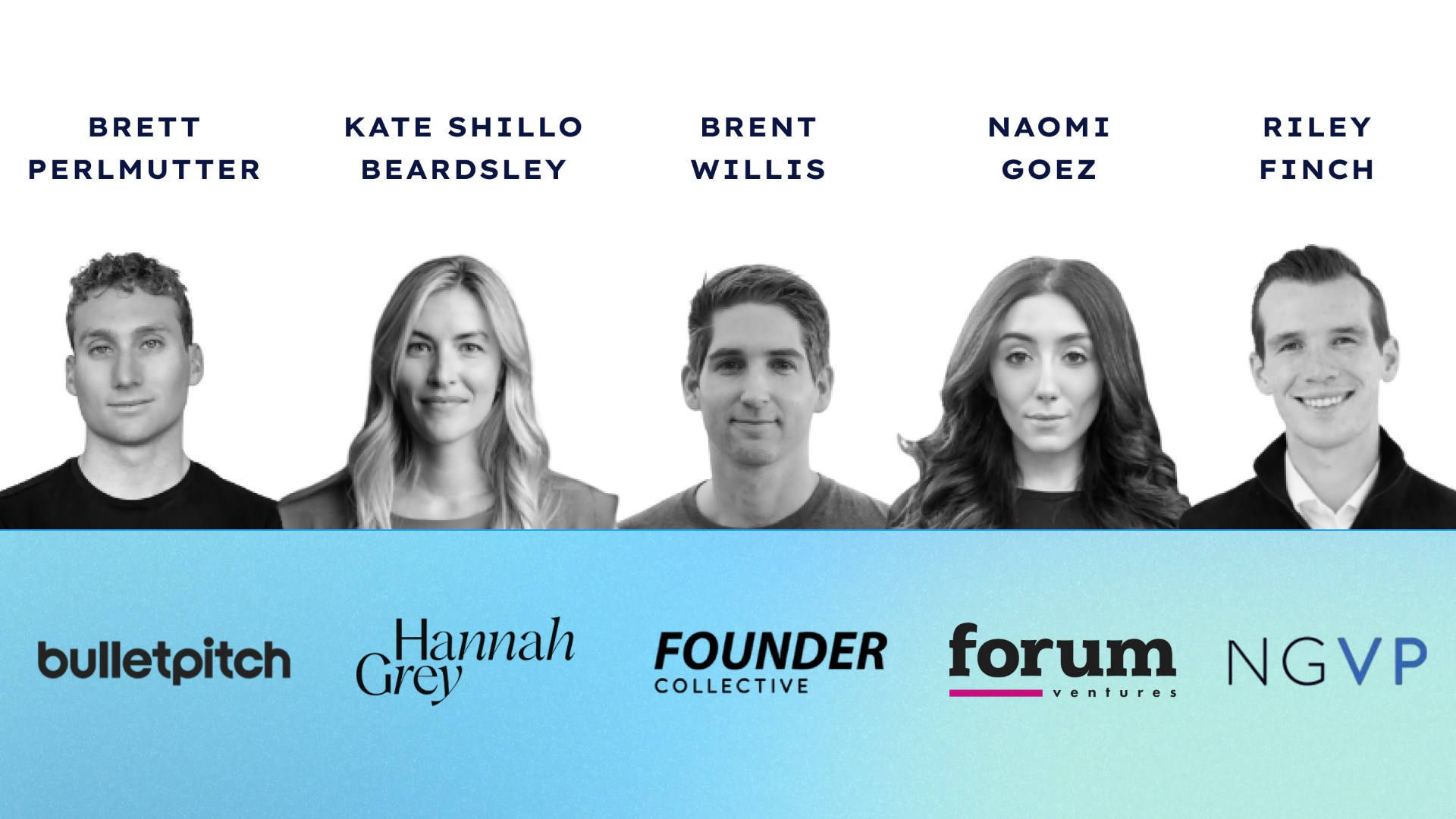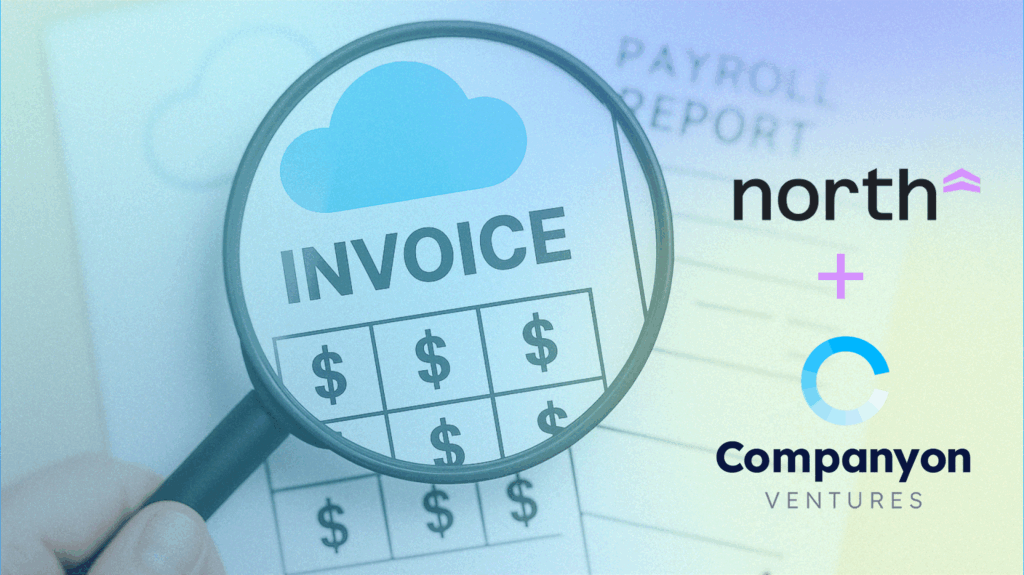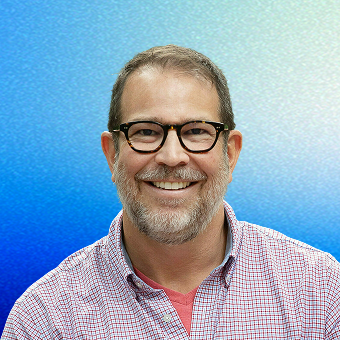


Pre-Seed Funding: Insider Insights from Top VCs
The early-stage venture capital market is constantly evolving, presenting unique challenges and opportunities for founders. To gain a clearer picture of what’s driving investment decisions right now, Companyon Ventures recently hosted a Pre-Seed Market Outlook Roundtable. Tom Lazay and Andrew Berg of Companyon led a candid discussion with several prominent early-stage investors, sharing their perspectives on current market dynamics, what captures their attention in pre-seed companies, and practical advice for founders seeking funding.
Click Here to Watch the Full Session >>
While Companyon operates at a later stage, the insights from the pre-seed investors offer foundational knowledge crucial for any startup founder. Here’s a look at the key themes and perspectives from the discussion, reflecting the current outlook for early-stage VC:
What Ignites Excitement in Today’s Early-Stage Investors
At the earliest stages, where product and traction may be minimal, investors place immense weight on the founders themselves and the core problem they are addressing.
🧗♂️ Mission Over Idea: Brett Perlmutter of Bullet Pitch shares that his conviction often stems from the founder’s deep commitment to solving a problem. He states emphatically, “ideas change, but missions don’t,” and so he’s always looking for founders driven by a core mission and a profound understanding of a fundamental pain point.
🔮 Founders Know the Future: Brent Willess of Founder Collective echoes this, explaining their firm’s deliberate “anti-thematic” stance. They believe that “founders know the future” because they are the ones intensely focused on tackling significant real-world problems.
🔑 Customer Obsession is Key: Naomi Goez of Forum Ventures emphasizes the paramount importance of being “super customer obsessed.” She describes her firm’s “extremist approach,” where they even encourage founders not to “write a single line of code until you’ve ultimately sold the product.” This focus on validating demand before building is a key signal. A founder’s “sense of urgency” is also seen as a positive indicator of their drive and execution potential.
👫 Team Above All: Riley Finch of NextGen Venture Partners underscores the critical role of the founding team. He references the saying, “there are five things that are important… it’s team, team, team, product, and market,” highlighting that at the pre-seed stage, the team’s capability and resilience are often the primary focus. Evaluating how founders “show up” and their communication style throughout the engagement serves as a proxy for their operating style.
The Critical Role of Distribution

Knowing how to reach and acquire customers effectively is considered a vital component for achieving early success. Brent Willess suggests that “distribution is 60 to 70% of the problem for early-stage companies,” cautioning founders against getting lost in perfecting the product before figuring out their go-to-market strategy. Naomi Goez’s emphasis on customer obsession and even pre-selling reinforces this focus on early market engagement.
Effective Strategies for Reaching VCs Now
Panelists offered practical advice on how founders can cut through the noise and secure meaningful meetings in the current environment.
🔥 Beyond Warm Intros: While warm introductions from trusted sources remain ideal, creative approaches can also grab attention. Brett Perlmutter recounts being impressed by founders who creatively seek out face-to-face opportunities, stating, “I want to see the founder who’s doing the creative, crazy thing,” as it reflects their drive and ambition. Riley Finch suggests engaging thoughtfully with investors’ public content, like blogs or social media posts.
🏦 Treat Fundraising Like Enterprise Sales: Kate Beardsley of Hannah Grey strongly advises treating fundraising as a disciplined “enterprise sales process”. This means researching investors thoughtfully (potentially using AI tools), managing contacts in a CRM, and maintaining consistent communication. She emphasizes the difference between this structured approach and “casually taking meetings and hoping a check falls in your lap“.
💸 Create Perceived Value in Outreach: Naomi Goez highlights that the goal of initial outreach isn’t to get a check immediately, but to create “perceived value.” The aim is simply “to get us interested or curious enough to ask the next question”. Brent Willess adds that timing is also crucial – founders should only reach out when they have a strong story and narrative, avoiding constant, draining outreach.
Qualifying Your Investors Wisely
Founders are encouraged to be selective about who they pitch to, using their limited time efficiently.
🛜 Leverage Your Network: Kate Beardsley recommends leveraging your founder network to gather candid insights about investors – “Who’s in market? Who’s a zombie fund? Who’s doing this?” – to avoid wasting time or worse, engaging with “bad actors”.
🔎 Focus on the Individual Investor: Brent Willess advises founders to prioritize the specific investor they’ll work with over just the firm’s brand. He states, “It’s investor first, then the brand of the firm,” stressing the importance of alignment between the founder, the investor, and the firm’s check size relative to their fund size.
⁉️ Ask Direct, Qualifying Questions: Kate Beardsley suggests asking early in a meeting, “Why’d you take the meeting? What was the thing?” to understand the investor’s initial interest. Naomi Goez notes that in the current “bifurcated universe of VC,” it’s perfectly acceptable and wise to “ask about funding activity level,” inquiring about when they last wrote a check or their fund’s deployment stage. Kate Beardsley adds that founders can even inquire about the investor’s LPs (Limited Partners) to understand potential strategic connections or constraints.
The Nature of Conviction in Early-Stage Investing
Deciding to invest at the pre-seed stage is a complex process involving intuition, data, and relationships.
😍 Emotion and Data: Kate Beardsley observes that “we as humans make emotional decisions and then we find the data to back it up”. Her firm often experiences initial enthusiasm (“an emotional hook”) followed by critical diligence to validate it.
🏎️ Speed and Style: Brent Willess highlights the value of a “quick yes… [or] quick no,” noting that VCs aren’t always good at managing founder expectations. He advises founders to understand if a firm is a “conviction-based firm” (where one or a few partners can champion a deal) or a “consensus-based firm” (requiring broader partner buy-in).
🚦 Clear Signals: Riley Finch offers a concise takeaway: “If they wanted to, they would”. He suggests that if an investor is truly excited, they will be proactive in their follow-up and engagement. Kate Beardsley notes that if a deal feels “hard,” it’s often a sign it’s not the right fit at the pre-seed stage.
Understanding If Venture Capital is the Right Tool
The panelists strongly emphasized that venture capital (VC) funding is not suitable for every business and should be approached strategically.
🛠️ A Specific Tool for a Specific Goal: Riley Finch describes VC as a “very specific tool. To accomplish a very specific goal:” building a billion-plus dollar business.
💧 The High Cost of Early Dilution: Brent Willess underscores that “dilution at the early stage is really, really costly”. He advises founders to evaluate the ROI of any capital raised beyond immediate needs.
🍭 Avoid the “Sugar High”: Brent Willess suggests viewing VC as a tool, “not as a sugar high,” cautioning founders against raising at valuations significantly ahead of their intrinsic value, as this can make future rounds harder. He notes that many successful companies can be built with significantly less capital than is often assumed. Founders should also be wary of potentially “sharky” actors charging for introductions or pitch events.
The discussion provided invaluable, direct insights from investors actively shaping the pre-seed ecosystem. Founders navigating the current market can benefit greatly from understanding these perspectives on conviction, distribution, fundraising strategy, and the strategic use of venture capital.
If you’re raising or advising at the earliest stages, this is a must-watch: Watch the Full Video Session
Our Resources
Get access to free tools to help accelerate your company’s growth, regardless of a future partnership with Companyon—because, we’re here to help.
Our Newsletter
Join our newsletter for helpful guides, expert insights and company updates delivered monthly to your inbox.



 Blog
Blog



